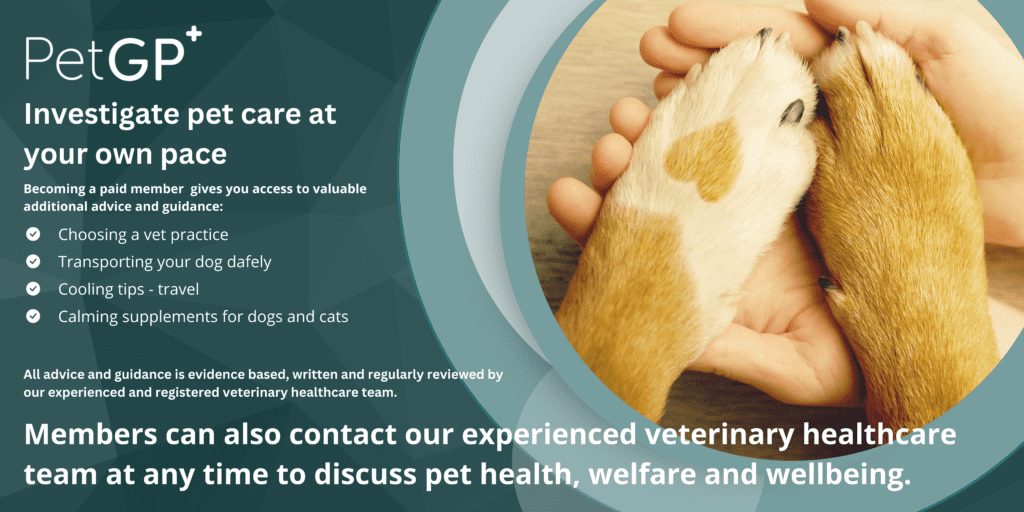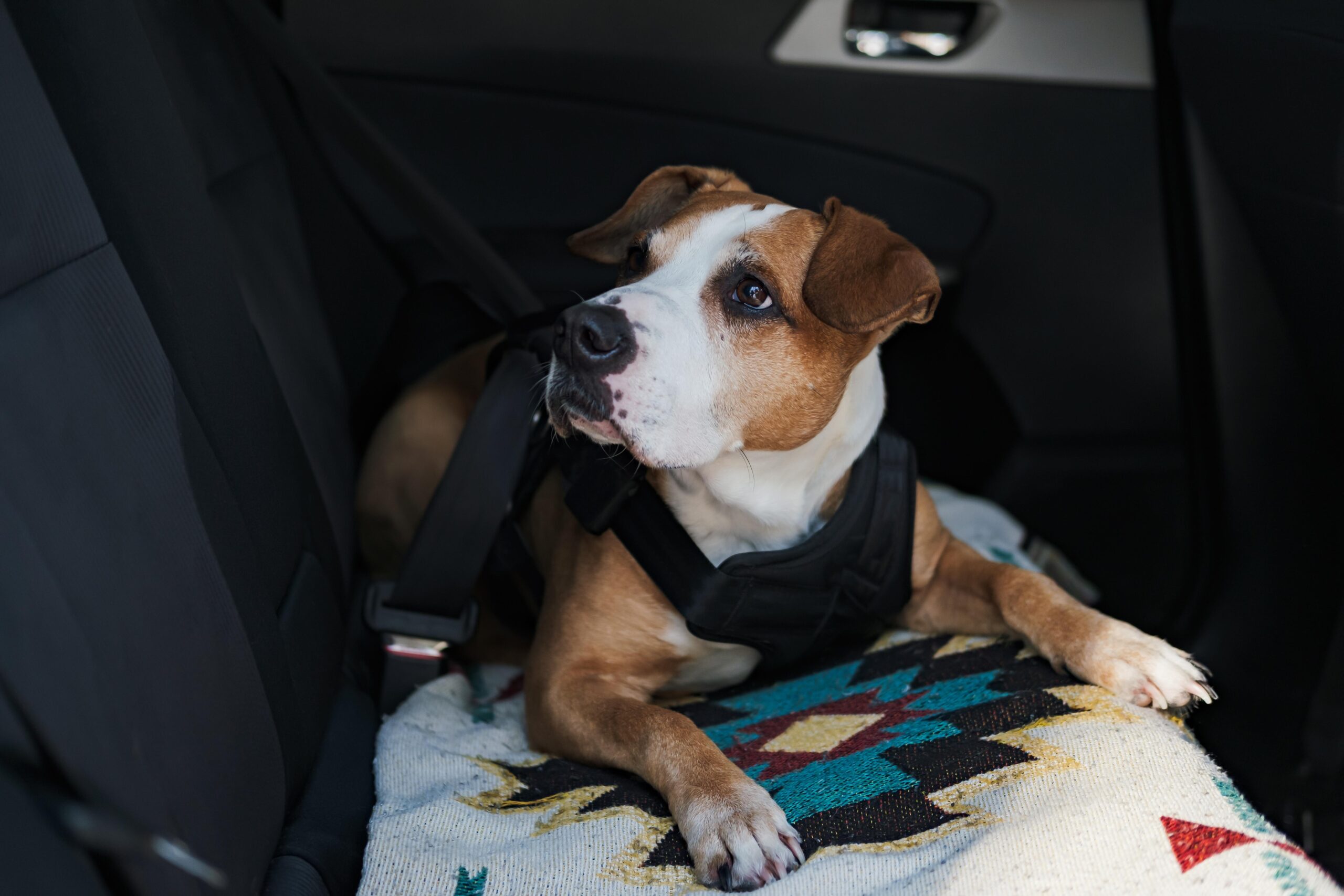Introducing dogs and cats into the same household
Introducing dogs and cats into the same home can be challenging due to their different natural instincts and temperaments. However, with patience, planning, and expert guidance, it’s possible to help these animals coexist peacefully.
Understanding behavioural differences
When introducing dogs and cats, consider their distinct evolutionary backgrounds that shape their behaviour. Dogs, particularly those with a high prey drive, may see a cat as something to chase, while cats, being territorial, may become defensive when faced with a new animal. Understanding these differences is key to ensuring a smooth introduction and reducing stress. Cats are generally more likely to feel threatened by a dog, especially if they've had negative experiences with dogs. Territorial by nature, cats require space and the ability to retreat when they feel stressed. Dogs with a strong prey drive, such as terriers or sight hounds, may instinctively chase cats. Careful supervision is necessary to avoid stress or aggression.
Factors to consider before introducing.
- Age and socialisation.
Puppies and kittens, especially those raised in homes with both species, are more adaptable and can typically adjust to new animals more easily. Adult dogs and cats, especially those unfamiliar with each other, will need a more gradual introduction.
- Past experiences.
An animal’s history significantly influences how they react to new pets. A dog with a strong prey drive or a cat that has been frightened by dogs in the past will require more patience and careful handling. Negative experiences can result in long-term fear, so introductions should be slow and structured.
- Safe spaces for cats.
Cats need spaces where they can retreat if threatened. High resting places like cat trees or shelves help them observe the dog from a safe distance. Vertical spaces reduce stress and provide the cat with control over the situation.
The introduction process.
- Scent familiarisation.
Start by introducing the animals to each other's scent. Swapping bedding or rubbing a cloth on each animal and allowing the other to smell it is a non-threatening way for them to become familiar. This helps reduce stress and allows both animals to get used to each other's presence without direct interaction.
- Visual introduction.
Once the animals are familiar with each other's scent, use a baby gate or keep the dog on a lead, allowing the cat to observe the dog from a safe distance. Direct interaction should be avoided at this stage. If either animal shows signs of stress, separate them and try again later.
- Positive reinforcement.
Reward calm and positive behaviour at every step of introduction with treats or praise. This encourages calmness and cooperation and helps both animals associate each other with positive experiences.
- Controlled face-to-face interaction.
After successful visual introductions, arrange short, controlled face-to-face meetings. Keep the dog on a lead and ensure the cat has an escape route if needed. These meetings should be short and positive. Gradually increase the length of these interactions as both animals become more comfortable.
- Gradual increase in interaction time.
As both animals adjust, gradually increase their time together. Continue to monitor their behaviour and provide safe spaces where each animal can retreat if stressed. This helps prevent aggressive behaviours.
Managing aggression and prey drive.
One of the biggest challenges when introducing a dog to a cat is managing the dog’s prey drive. Certain breeds, such as terriers and sight hounds, may have a strong instinct to chase small animals. To manage this, use positive reinforcement, desensitisation, and redirection techniques. If necessary, consult a professional behaviourist for guidance on managing aggression or prey-driven behaviours.
Common mistakes to avoid during introduction.
- Rushing the Introduction.
A common mistake is rushing the introduction. Introducing dogs and cats too quickly can cause stress, fear, or aggression. Take it slow and let both animals adjust at their own pace.
- Not providing safe spaces for the cat.
Without safe spaces, the cat may feel cornered and defensive. Ensure the cat has plenty of places to retreat to during the introduction process.
- Failure to monitor progress.
Even after a successful introduction, continue to supervise the animals. Regular monitoring is necessary to ensure their interactions remain positive and safe in the long term.
Successful introductions require systematic and gradual exposure to each other. The key is to manage both animals' behaviours in a controlled manner, using desensitisation and positive reinforcement to ensure peaceful cohabitation. By focusing on the dog’s behaviour first, teaching it to remain calm around the cat, you can significantly reduce stress and foster peaceful interactions.
Introducing dogs and cats into the same household requires patience, careful planning, and consistent supervision. Through gradual exposure, positive reinforcement, and proper management, many dogs and cats can coexist peacefully, enriching each other’s lives and the overall home environment. With time and effort, both animals can learn to live together harmoniously, creating a balanced and happy household.





